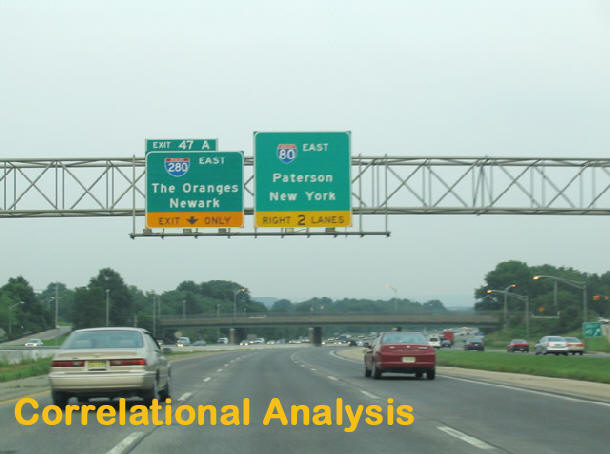
Commute to Work

Given Essex County’s proximity to New York City, an epicenter of the AIDS crisis, it is acceptable to consider that association with the city could have a significant impact on the area’s HIV/AIDS incidence. However, Essex County is home to Newark, a commuting city in its own right, which lies just west of New York City, and is a major draw for workers in the region. Because a large number of workers commute into both cities daily for employment, it is reasonable to hypothesize that they are also likely to find some recreation there. Whether through a night on the town beginning with a few drinks after work or white-collar illicit drug use, the possibility of HIV contraction in the cities does exist for Essex County’s more suburban residents. The county and New York City region are well connected by New Jersey Transit system (NJTransit) bus and rail lines, which run hubs out of Newark and NYC. Readily accessible and affordable public transportation makes it simple for Essex County residents to bridge the gap between suburban New Jersey and the NYC and Newark urban environments. From various points in the county, it takes approximately 35 to 45 minutes to get into New York and 25-30 to get to Newark. In order to measure the likelihood of these commuters to be HIV/AIDS patients, the correlation coefficients were calculated relating AIDS rate to census data for the percentage of working-age citizens who commute 30-34 minutes and 35-39 minutes to work.
The correlation coefficient for a 30-34 minute commute was 0.622, a significant positive correlation (Figure 29). This statistic makes sense because those who spend less time commuting are from the eastern towns of the county, which are those afflicted with an AIDS problem (Figure 30). Interestingly, the correlation coefficient for a 35-39 minute commute is very drastically different, -0.769, from just a slightly shorter commute (Figure 31). When considered, this number supports the “line” that separates poor East Essex from affluent West Essex. The West Essex commuting coefficient is strongly negative, implying that the longer commute corresponds with a decrease the likelihood of a high AIDS rate (Figure 32). The association between commute to work and AIDS rate may be linked to level of wealth in the towns, as well. The residents of wealthier towns would travel 35-39 minutes to work in Newark or New York City. As the wealthier population, one would find that they have better access to healthcare and education, thus driving down their communities’ AIDS rates.